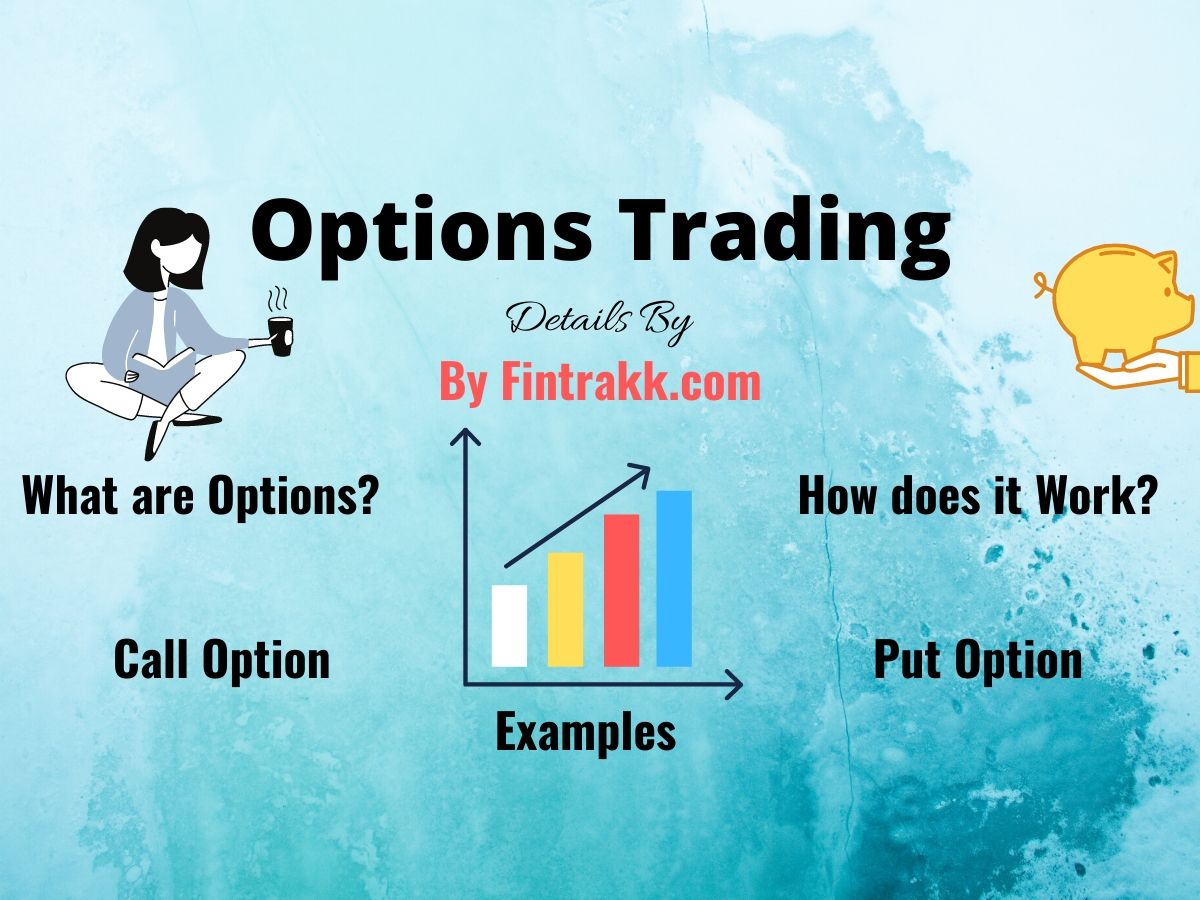In the labyrinthine world of financial markets, options stand as versatile tools that grant traders the ability to navigate risk, speculate on price movements, and hedge against potential losses. Option trading is a complex but potentially rewarding endeavor, and understanding the concept of implied volatility (IV) is crucial for success in this arena. This comprehensive guide will delve into the depths of option trading IV, equipping you with the knowledge necessary to unravel its mysteries and unlock its potential.

Image: www.reddit.com
What is Implied Volatility (IV) in Option Trading?
Implied volatility, often abbreviated as IV, is an essential concept in option pricing models. It gauges market participants’ expectations of future price fluctuations for an underlying asset, such as a stock, index, or commodity. IV is a forward-looking measure that incorporates various factors, including historical volatility, current market conditions, investor sentiment, and news events. It plays a pivotal role in determining the value of options and is used by traders and market makers to assess risk and make informed decisions.
Significance of IV in Option Trading
Understanding IV is critical for several reasons. Firstly, it influences the premium paid for options, with higher IV options commanding a higher premium. Traders can use IV to compare the volatility of different underlying assets and options contracts and adjust their strategies accordingly. Additionally, IV can indicate periods of higher or lower market volatility, helping traders identify potential trading opportunities. Traders can also exploit the skew in IV across different strike prices and expiration dates to develop tailored trading strategies.
Factors Influencing Implied Volatility
Numerous factors contribute to the formation of IV in option trading. These include:
-
Historical Volatility: Past price fluctuations of the underlying asset provide a baseline for estimating future volatility. However, historical volatility is not a perfect predictor, and IV incorporates other factors to refine the estimate.
-
Current Market Conditions: The current market environment, such as macroeconomic conditions, geopolitical events, and news affecting the underlying asset, can significantly impact IV.
-
Investor Sentiment: The collective expectations of market participants influence IV. Bullish sentiment leads to higher IV, while bearish sentiment results in lower IV.
-
Supply and Demand: The balance between buyers and sellers of options contracts can affect IV. Higher demand for options often leads to increased IV.
-
Expiration Date: The time to expiration of an option contract is another factor affecting IV. Options with longer expiration dates tend to have higher IV due to the increased uncertainty over a more extended period.

Image: fintrakk.com
Implied Volatility in Practice
In practical terms, understanding IV empowers traders in the following ways:
-
Option Pricing: Traders can use IV to assess the fair value of options and identify undervalued or overvalued contracts.
-
Trade Management: IV can aid in determining the appropriate holding period for options positions, as higher IV may indicate a potential for short-term price movements.
-
Risk Adjustment: Traders can adjust their trading strategies to account for changes in IV. For instance, they can sell options with high IV to capitalize on overpricing or buy options with low IV to gain exposure to potential volatility expansion.
-
Volatility Trading: Savvy traders can speculate on IV itself by trading volatility ETFs or VIX futures contracts.
Empowering Traders with IV Knowledge
Mastering the intricacies of IV is an essential step for traders seeking to gain an edge in the labyrinthine world of option trading. By understanding the factors influencing IV, its impact on option pricing, and its practical applications, traders can make informed decisions, manage risk effectively, and potentially enhance their trading returns.
Option Trading Iv
Call to Action
Take the next step in your trading journey by delving deeper into the mechanics of IV. Explore online resources, seek guidance from experienced practitioners, and continuously refine your understanding of this dynamic concept. Embrace the power of IV and unlock the door to successful option trading strategies.






